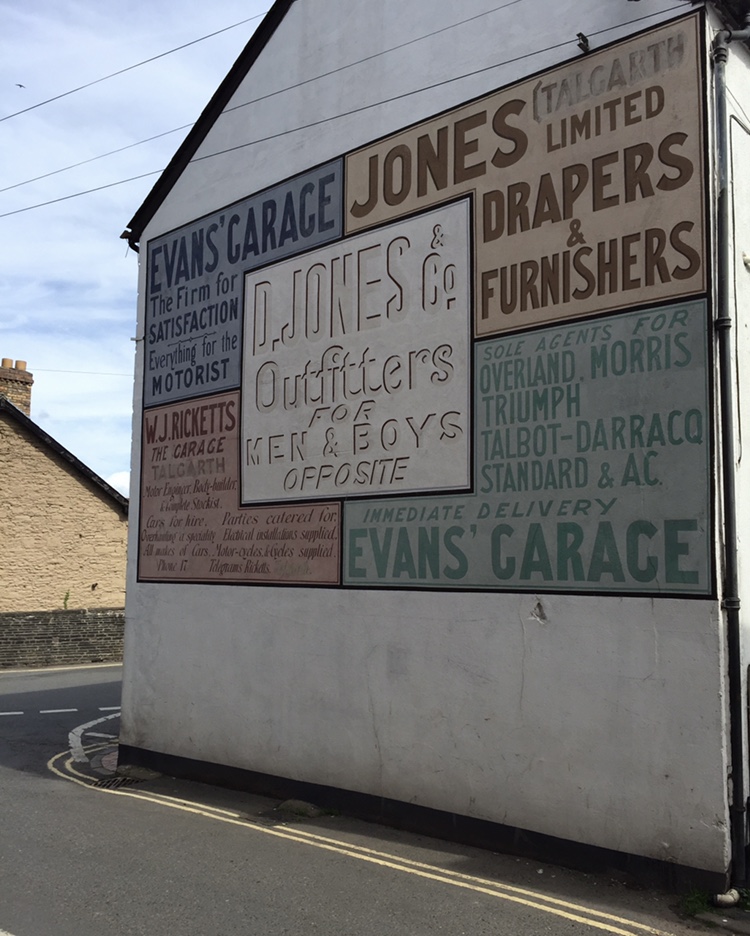|
Kingdom Of Brycheiniog
Brycheiniog was an independent kingdom in South Wales in the Early Middle Ages. It often acted as a buffer state between England to the east and the south Welsh kingdom of Deheubarth to the west. It was conquered and pacified by the Normans between 1088 and 1095, though it remained Welsh in character. It was transformed into the Lordship of Brecknock and later formed the southern and larger part of the historic county of Brecknockshire. To its south was the Kingdom of Morgannwg. The main legacy of the kingdom of Brycheiniog is etymological. It has lent its name to Brecknockshire (Welsh: ''Sir Frycheiniog'', the shire of Brycheiniog) and Brecon (known as ''Aberhonddu'' in Welsh). History Origins Brycheiniog belonged to the Demetae in pre-Roman times. In Welsh tradition, it was given by the Roman governor of Brittania, Magnus Maximus (''Macsen Wledig'' in Welsh), to a Greek named ''Antonius the Black'' (''Anwn Ddu''). Some Welsh legends describe Antonius as Maximus' son, an ... [...More Info...] [...Related Items...] OR: [Wikipedia] [Google] [Baidu] |
Talgarth
Talgarth is a market town, community and electoral ward in southern Powys, Mid Wales, about north of Crickhowell, north-east of Brecon and south-east of Builth Wells. Notable buildings in the town include the 14th-century parish church and a defensive tower house. According to traditional accounts, Talgarth was the capital of the early medieval Welsh Kingdom of Brycheiniog. It is in the historic county of Brecknockshire. In 2011, it had a population of 1,724. Name The meaning of the town's name is in the Welsh words ''tâl'' (forehead or brow of a hill) and ''garth'' (mountain ridge or promontory), thus "end of the ridge". It appears as Talgart in 1121, as Talgard after 1130, and in its present form in the years between 1203 and 1208. The church of Talgarth is recorded in 1488 as dedicated to ''Sce Wenne Virginis'', explained as Gwen (granddaughter of Brychan). Culture and community In August, the Talgarth Festival of the Black Mountains is held, a popular countryside ev ... [...More Info...] [...Related Items...] OR: [Wikipedia] [Google] [Baidu] |
Welsh Language
Welsh ( or ) is a Celtic language family, Celtic language of the Brittonic languages, Brittonic subgroup that is native to the Welsh people. Welsh is spoken natively in Wales, by some in England, and in Y Wladfa (the Welsh colony in Chubut Province, Argentina). Historically, it has also been known in English as "British", "Cambrian", "Cambric" and "Cymric". The Welsh Language (Wales) Measure 2011 gave the Welsh language official status in Wales. Both the Welsh and English languages are ''de jure'' official languages of the Welsh Parliament, the Senedd. According to the 2021 United Kingdom census, 2021 census, the Welsh-speaking population of Wales aged three or older was 17.8% (538,300 people) and nearly three quarters of the population in Wales said they had no Welsh language skills. Other estimates suggest that 29.7% (899,500) of people aged three or older in Wales could speak Welsh in June 2022. Almost half of all Welsh speakers consider themselves fluent Welsh speakers ... [...More Info...] [...Related Items...] OR: [Wikipedia] [Google] [Baidu] |
Historia Brittonum
''The History of the Britons'' ( la, Historia Brittonum) is a purported history of the indigenous British (Brittonic) people that was written around 828 and survives in numerous recensions that date from after the 11th century. The ''Historia Brittonum'' is commonly attributed to Nennius, as some recensions have a preface written in his name. Some experts have dismissed the Nennian preface as a late forgery, arguing that the work was actually an anonymous compilation. Overview The ''Historia Brittonum'' describes the supposed settlement of Britain by Trojan expatriates and states that Britain took its name after Brutus, a descendant of Aeneas. The work was the "single most important source used by Geoffrey of Monmouth in creating his ''Historia Regum Britanniae''" and via the enormous popularity of the latter work, this version of the earlier history of Britain, including the Trojan origin tradition, would be incorporated into subsequent chronicles for the long-running history ... [...More Info...] [...Related Items...] OR: [Wikipedia] [Google] [Baidu] |
Cunedda
Cunedda ap Edern, also called Cunedda ''Wledig'' ( 5th century), was an important early Welsh people, Welsh leader, and the progenitor of the Royal dynasty of Kingdom of Gwynedd, Gwynedd, one of the very oldest of western Europe. Name The name ''Cunedda'' (spelled ''Cunedag'' in the AD 828 pseudo-history ''Historia Brittonum'') derives from the Common Brittonic, Brythonic word ', meaning "Good Hound/Warrior" or "Having Good Hounds/Warriors". Genealogy His genealogy is traced back to a grandfather living in late Roman Britain named Padarn Beisrudd. His name literally translates as Paternus of the "red tunic" or the Paludamentum, scarlet cloak, a color attributed to Roman officers during the Roman Empire. One traditional interpretation identifies Padarn as a Roman_people#Late_antiquity, Roman (Romano-British) official of reasonably high rank who had been placed in command of the Votadini troops stationed in the Clackmannanshire region of Scotland in the 380s or earlier by th ... [...More Info...] [...Related Items...] OR: [Wikipedia] [Google] [Baidu] |


_Enwau_ac_Anrhyfeddodau_Ynys_Prydain.jpg)
.jpg)